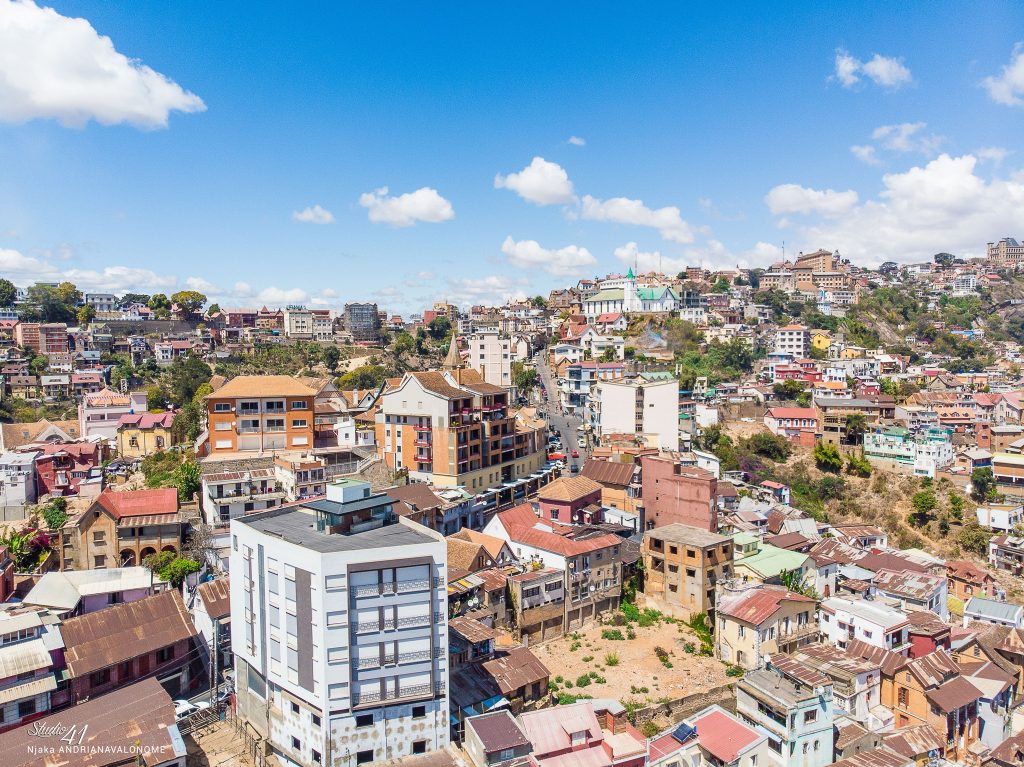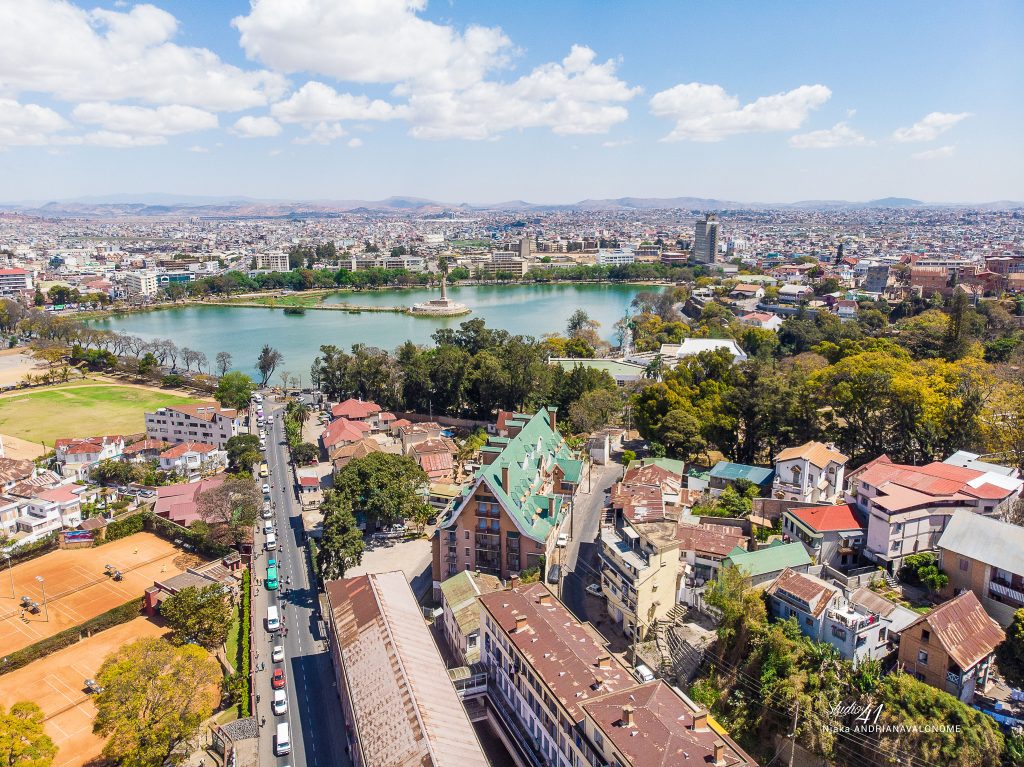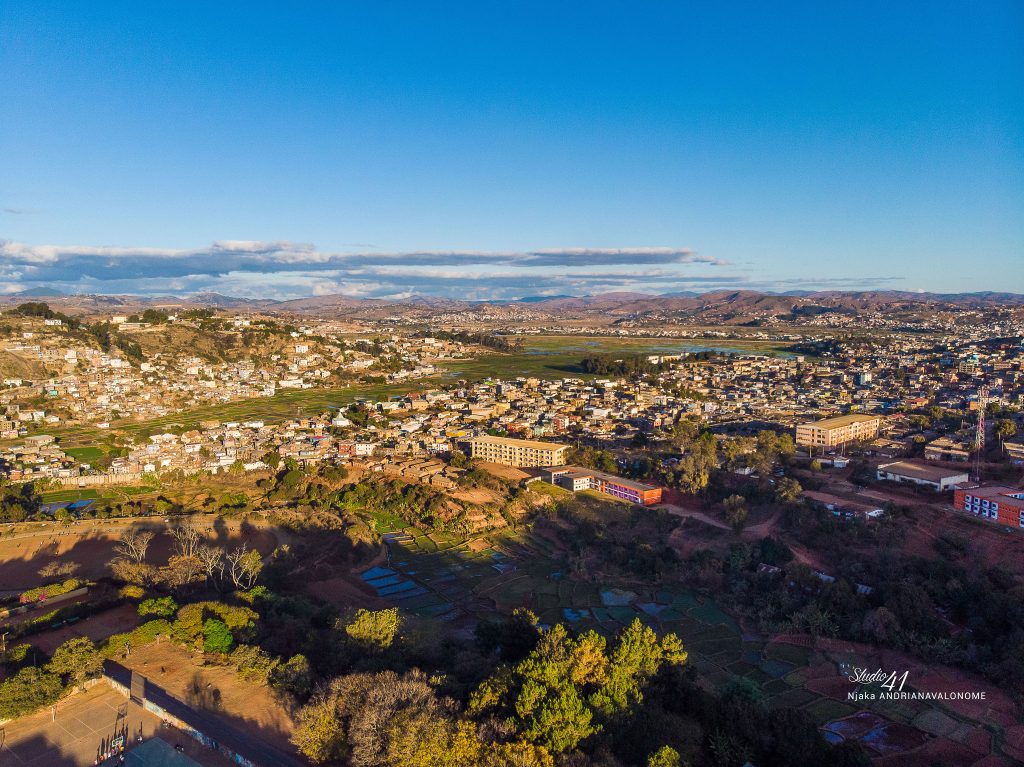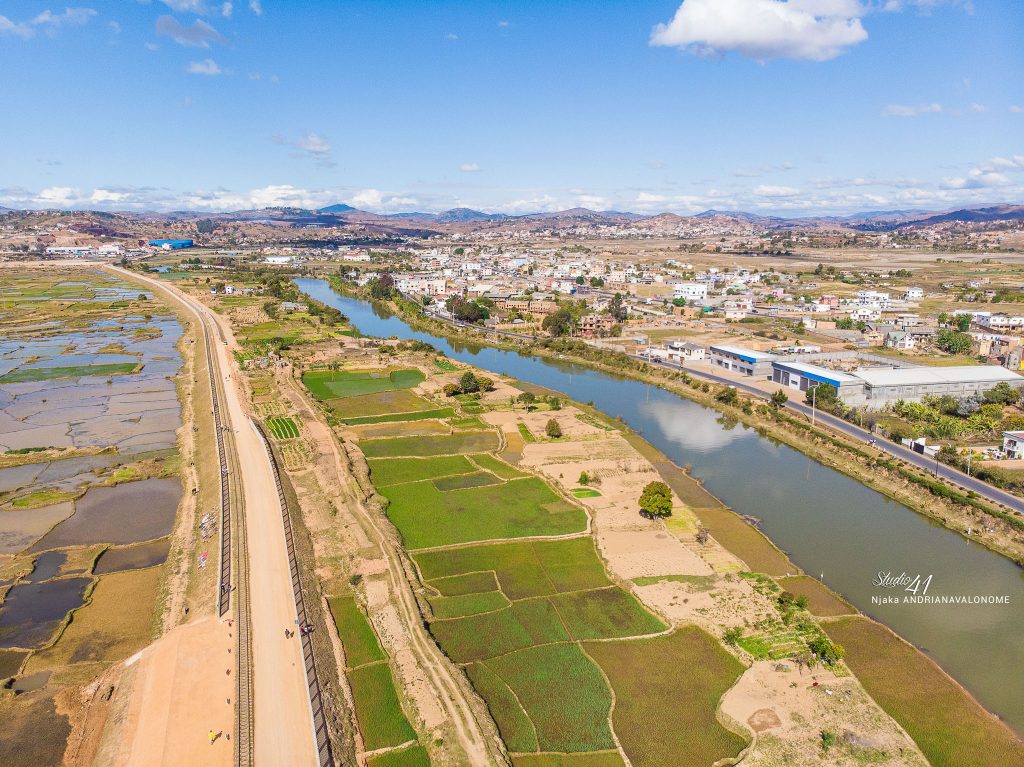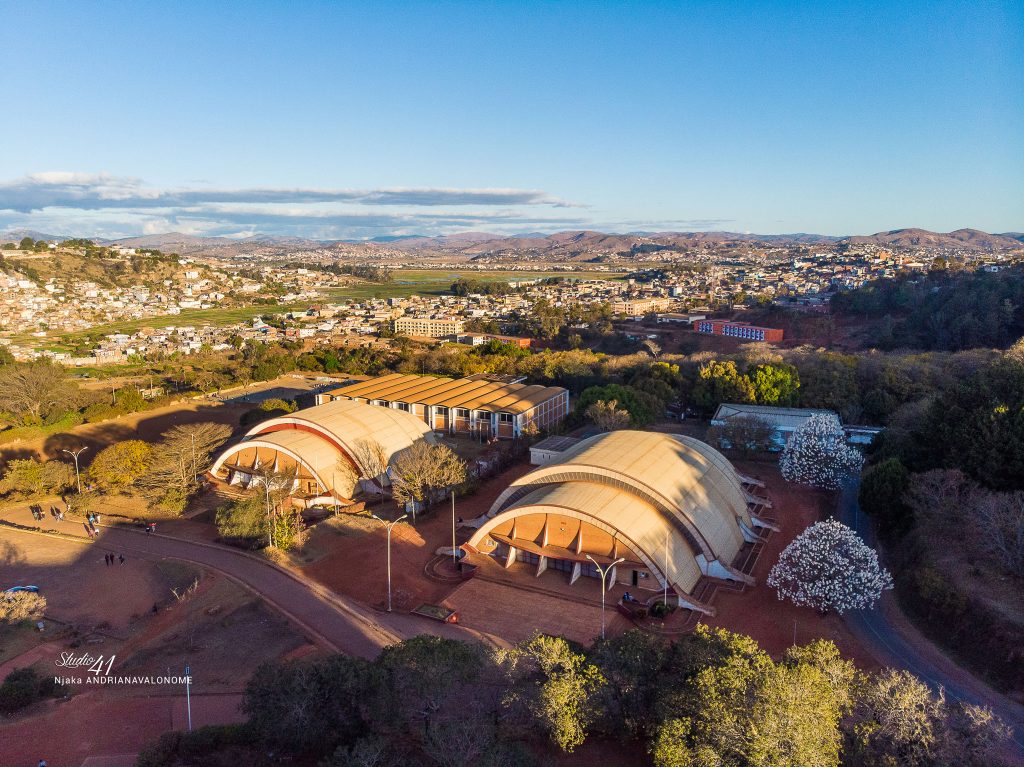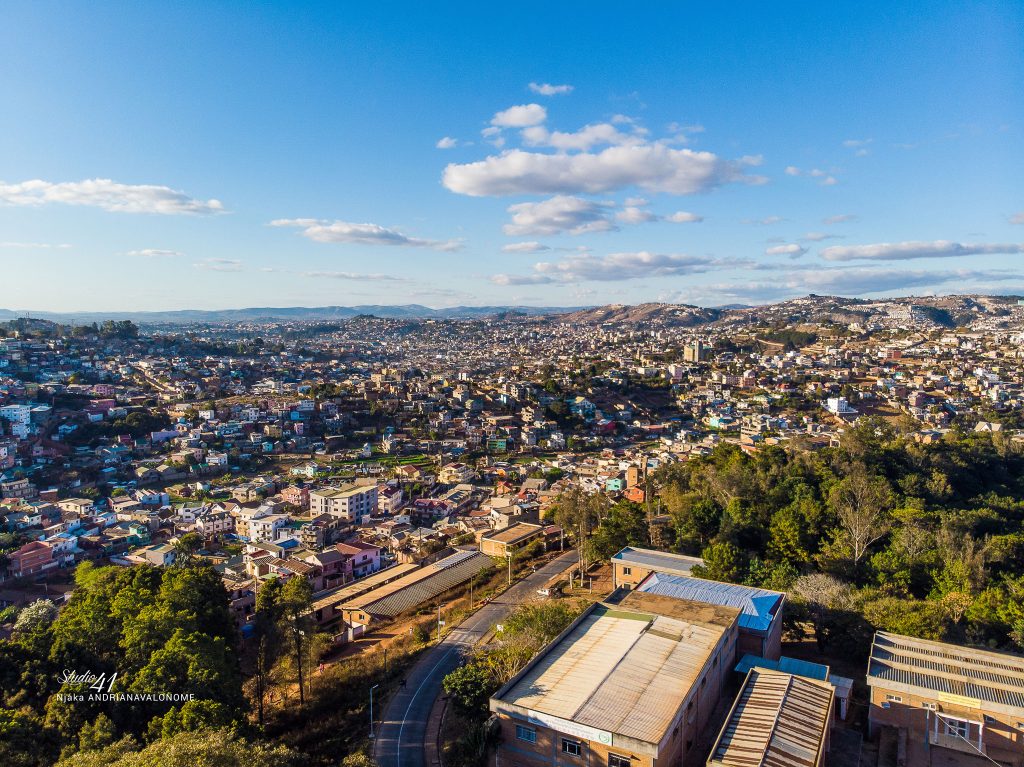Antananarivo, Madagascar’s vibrant capital, is often the first stop for international travelers setting foot on the Red Island. Known affectionately as “Tana” by locals, the city offers far more than a bustling administrative center — it’s a visual mosaic where colonial charm meets rolling hills, rice paddies, and age-old traditions. For photography enthusiasts, culture seekers, and those chasing Madagascar’s soul, Antananarivo delivers a landscape experience like no other.
The Unexpected Beauty of Tana’s Geography
Situated at an elevation of about 1,280 meters, Antananarivo’s geography is unlike any other African capital. The city sprawls across 12 sacred hills, giving rise to striking panoramas and layered views of terracotta rooftops, tree-lined avenues, and sparkling rice paddies below. The topography alone makes it a haven for photographers. At golden hour, the light bathes the city in rich hues that make every snapshot postcard-worthy.
From the upper town (Haute-Ville), you can enjoy sweeping vistas of the lower town (Basse-Ville) and beyond — a picturesque mix of urban bustle and agricultural charm. This contrast between the city’s urban and rural faces is what makes it truly special.
Iconic Photography Spots in Antananarivo
For shutterbugs, the capital is a dreamland. Begin your journey at the Queen’s Palace (Rova of Antananarivo). Perched atop the highest hill, this historic site offers panoramic views and a powerful connection to Madagascar’s royal past. As you wander through the stone ruins, you’ll feel the blend of culture and landscape in every frame.
Another must-visit is Lac Anosy, a heart-shaped lake bordered by jacaranda trees that bloom in purple during spring. With the iconic World War I memorial standing tall in the center, this is a peaceful yet powerful location for landscape and cultural photography.
Don’t miss the Ambohimanga Hill, a UNESCO World Heritage Site just outside the city, featured in our guide on hidden gems in Madagascar. This royal compound, set amidst verdant forests and rice terraces, offers a deep dive into Malagasy spirituality, history, and nature.
Rice Paddies and Countryside Serenity
One of the most unexpected and enchanting features of Antananarivo is the intricate network of rice paddies that spread out between neighborhoods and on the city’s outskirts. They not only provide food security for locals but also serve as a green and glistening backdrop for explorers and photographers.
The best way to experience these is by walking or biking through the suburban villages like Ivato or Ambohidratrimo. Here, life slows down. Farmers work the fields, children wave as they pass, and the scent of fresh earth fills the air. This is the countryside side of Tana — peaceful, authentic, and profoundly photogenic.
The Cultural and Historical Side of the Capital
Antananarivo is the beating heart of Malagasy identity. Walk through the Analakely Market, and you’ll be immersed in color and chaos — baskets of spices, vibrant textiles, and handcrafted goods are stacked high, offering a feast for the senses. It’s the perfect spot to capture candid portraits and local life.
In contrast, visit the Andafiavaratra Palace, once home to Prime Minister Rainilaiarivony. Now a museum, this architectural gem showcases relics from the monarchy and French colonial era, making it a crucial stop for history lovers.
Explore our cultural travel guide to Madagascar for more insight into the traditions and stories that shape the Malagasy soul.
Administrative Hub and City Pulse
As the political and economic capital of Madagascar, Antananarivo is also home to a concentration of government buildings, foreign embassies, and international NGOs. Despite this modern layer, the city has maintained its authenticity.
A walk through Antaninarenina and Isoraka reveals a blend of colonial architecture, chic cafés, artisan boutiques, and bustling business centers. It’s the perfect juxtaposition of old-world charm and contemporary energy.
When to Visit and How to Get Around
The best time to explore Antananarivo is during the dry season, from May to October, when skies are clear, and roads are more accessible. Most international flights land at Ivato International Airport, located about 45 minutes from the city center.
Getting around can be done via taxi, ride-share apps, or for the adventurous, a local taxi-be (minibus). For in-depth travel logistics and planning, visit our Ultimate Travel Guide for First-Time Visitors.
Final Thoughts
Antananarivo is not just a gateway — it’s a destination in its own right. From scenic hilltops to serene rice paddies, colonial echoes to cultural rhythms, Tana paints a rich and real portrait of Madagascar. Whether you’re an avid traveler, a storyteller, or a photographer chasing light, you’ll find inspiration at every turn.
So when you plan your journey to the Red Island, don’t just pass through Antananarivo. Stay, explore, and discover the layers of beauty that make this capital city unexpectedly unforgettable.
Want more off-the-beaten-path destinations? Check out our article on Betafo near Antsirabe.
Related posts
Meet the project

Welcome to Wonderful Madagascar, a non-profit project created by a passionate Malagasy team with one mission: to reveal the hidden beauty of Madagascar to the world. From its rare and captivating wildlife to its stunning landscapes and pristine beaches, we are dedicated to promoting the richness of this extraordinary island.
Learn more
